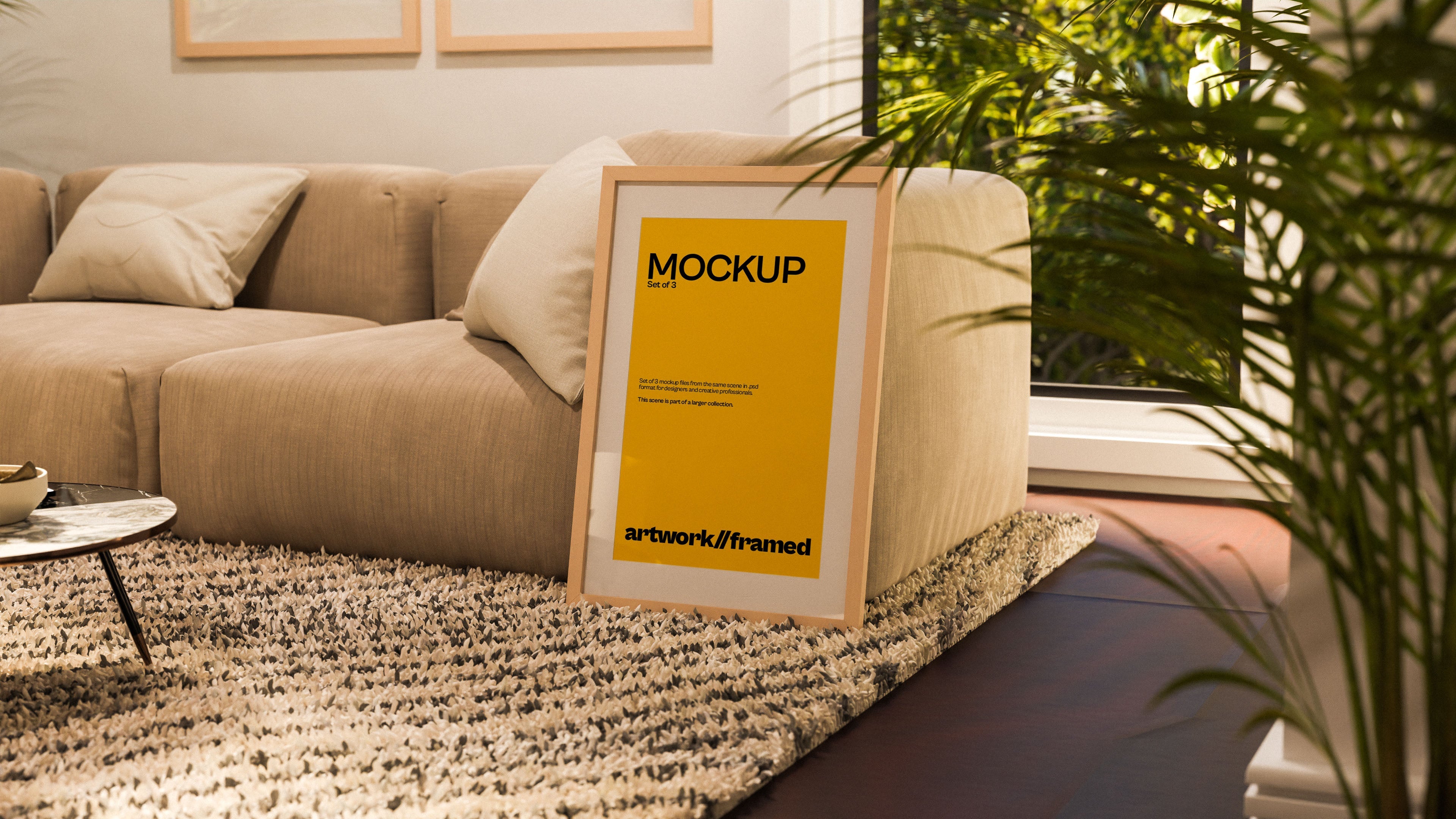Let’s not sugarcoat this: ugly mockups are killing your designs.
You could have the most beautifully crafted typography, the most inventive layout, or the most technically refined illustration. But if you drop that brilliance into a low-res, warped mockup from 2012? You’ve just told your audience you don’t care.
Design is communication — and mockups are how your designs say hello to the world.
The Cost of Bad First Impressions
Designers often spend weeks fine-tuning a project, only to present it in a mockup with pixelated shadows, weird lighting, or zero context. That disconnect kills interest instantly.
Your mockup is your portfolio’s handshake. And if it’s limp, your audience walks away.
Bad mockups make your work look amateur — no matter how good the design is underneath.
Why Mockups Matter More Than You Think
Mockups are not an afterthought. They’re not just there to “dress up” the final design. They’re part of the design process.
In a digital-first world, mockups do what packaging used to do on shelves — they create desire. They give shape to your brand. They bridge the gap between your idea and your customer’s imagination.
In eCommerce, mockups are the product.
In branding, mockups are the story.
In your portfolio, mockups are the audition tape.
The Brutal Reality of Online Perception
People don’t “zoom in and appreciate the craft.”
They scroll.
They glance.
They judge.
If your mockup isn’t good enough to stop the scroll, it’s game over. No one’s pausing to appreciate your hierarchy or kerning if the mockup itself looks like it was shot on a potato.
If you think that sounds harsh, good. Because that’s how competitive the creative market is.
How High-End Mockups Elevate Design
High-quality mockups do a few powerful things:
They lend context – Showing a logo on a textured paper or a drinkware design on a shiny tumbler gives users an immediate “feel” for the brand.
They suggest value – Realistic lighting, authentic shadows, and nuanced textures make a design feel premium. And that feeling sells.
They show restraint – Clean, intentional mockups don’t scream. They whisper confidence.
This is especially true if you work in eCommerce, branding, packaging, or digital product sales. You’re not just selling a product or service — you’re selling the perception of quality.
Why Real Designers Choose CGI
Let’s be clear: photorealistic CGI isn’t a luxury anymore — it’s the new baseline.
At Banana, we don’t photograph blanks. We build them in 3D from scratch. That gives us total control over lighting, materials, environment, and angles. No inconsistent shadows. No limited stock templates. Just pure visual fidelity and control.
It’s not “extra.” It’s the bare minimum for any serious designer trying to stand out in an ocean of mid.
Mockups Are a Branding Asset — Not a Decoration
If you treat mockups like decoration, your brand will feel disposable. But when mockups are used strategically — as part of a larger system — they create consistency and confidence.
Whether you’re launching a new collection on Etsy, building an eCommerce brand on Shopify, or presenting a pitch deck to a client, great mockups unify the vision.
If You Want to Be Taken Seriously, Show Up Like You Mean It
Stop downloading freebies that don’t align with your brand’s tone. Stop presenting final work in mockups that feel rushed. If you want your work to be perceived as intentional, your mockups have to reflect that same intention.
In 2025, design without presentation isn’t design. It’s a draft.
Harsh Truths, Friendly Reminder
Real designers don’t use ugly mockups — because they know that every pixel speaks. Every drop shadow tells a story. And every product shot, screen render, or packaging preview is a tiny pitch for your creative credibility.
So the next time you finish a design, ask yourself:
“Does this mockup do it justice?”
If not, you know what to do.
